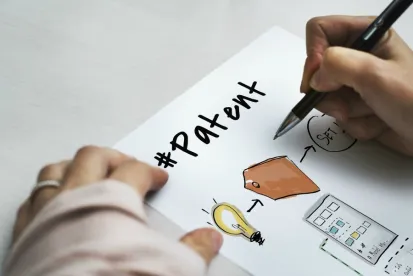On Monday, the U.S. Supreme Court held oral argument in Oil States Energy Services, LLC v. Greene’s Energy Group, LLC, which examines whether the inter partes review (IPR) proceedings enacted under the America Invents Act (AIA) violate Article III of the Constitution by permitting certain patent validity issues to be contested before the Patent Trial and Appeal Board (PTAB) rather than a U.S. district court.
IPRs have become a common, attractive tool for patent challengers because of their more favorable standard of review and one-year deadline to final written decision. But, according to Oil States, these proceedings are not constitutional because Article III requires such disputes between private parties over property rights to be heard in courts, not administrative agencies.
The following four issues captured the Court’s attention:
1. Differences from Other Adjudications and Patent Office Reexaminations. Chief Justice John Roberts, and Justices Ginsberg and Sotomayor, pressed Oil States to identify the constitutional difference between the AIA-enacted IPR scheme and other ways that the Patent and Trademark Office reconsiders its patent grants, such as ex parte re-examination and the now-defunct inter partes re-examination. Oil States conceded that these other “fundamentally examinational” proceedings did not violate Article III, arguing that they took place primarily between the government and the patent owner. By contrast, according to Oil States, IPR is a trial-like process. But when questioned about the issue repeatedly, Oil States could not identify the specific feature of IPR that was solely within the province of Article III.
Justice Stephen Breyer expressed concern with the implications that Oil States’ position would have for other agency adjudications, citing as examples other similar adjudications in transportation and energy. So did Justice Kagan. Oil States said those hearings were distinguishable because they were the government acting as an enforcer rather than as a dispute mediator.
2. Judicial Review. The safeguard for a patent owner—appeal to the U.S. Court of Appeals for the Federal Circuit, itself an Article III court—appeared to be an important statutory component convincing some justices that the scheme was constitutional. In fact, Justice Sotomayor expressly acknowledged judicial review as the feature that “save[d] this” scheme for her. But arguing the other side, Justice Gorsuch noted that “there’s only judicial review if somebody appeals,” suggesting that such review is inadequate.
3. Nature of Intellectual Property Patent Grants. Even the very nature of a patent itself did not escape scrutiny. Justice Gorsuch appeared concerned that IP patents were being treated fundamentally differently than land patents. And Justice Breyer expressed that perhaps the retroactive application of IPR on already issued patents denigrated the patent right as a matter of fairness.
4. Unconstitutional Conditions. Justices Anthony Kennedy and Chief Justice Roberts both pressed on whether subjecting the grant of a patent to the potential for cancellation by IPR was an unconstitutional condition. And Justice Breyer, as well as the Chief Justice, seemed particularly concerned by the lack of time limit on bringing an IPR, as a patent owner could invest billions in reliance only to have the patent revoked when its commercial expectations were expected to materialize.
Based on the questions, there appears to be two distinct approaches to the issue. On one side, justices seemed skeptical of Oil States’ arguments, in part because of the other similar proceedings that were not challenged. On the other side, Justice Neil Gorsuch for example critiqued IPR in his questions. We will continue to follow the case and provide an update when the Supreme Court issues a decision.



 />i
/>i

